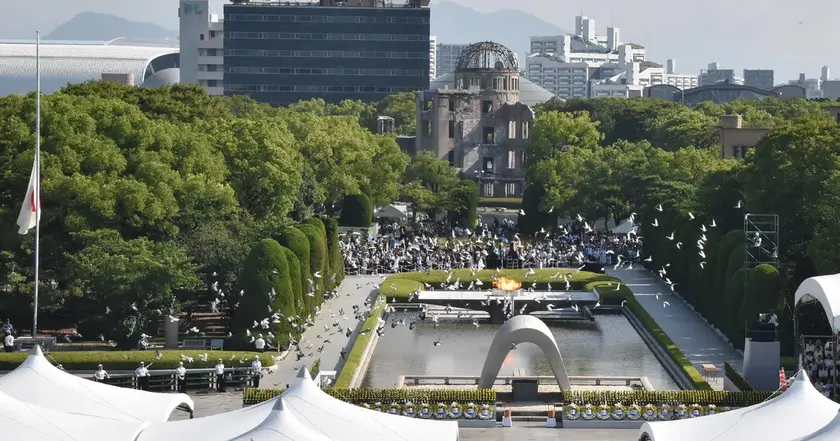T4K3.news
Nagasaki bell ceremony marks 80th anniversary
Twin bells ring for peace as Nagasaki recalls the atomic bombing and calls for an end to armed conflicts.
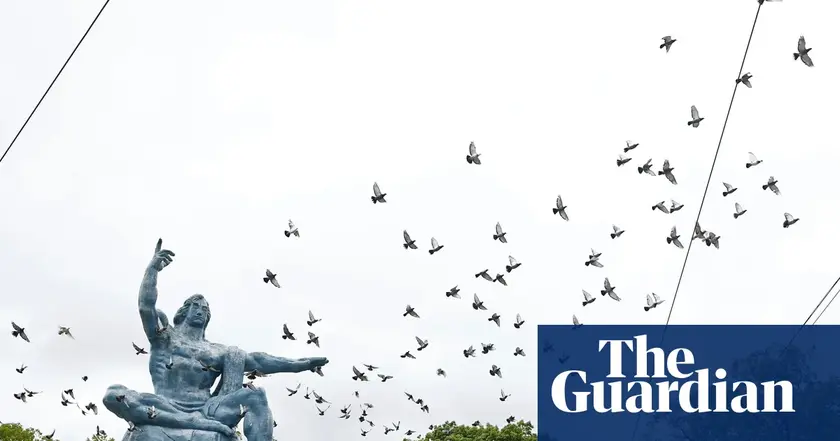
On the 80th anniversary of the atomic bombing, Nagasaki marks the day with a bell tribute and a call for peace from the mayor.
Nagasaki marks 80th anniversary as twin bells ring for peace
Twin cathedral bells rang in unison at Urakami cathedral in Nagasaki for the first time in eight decades, timed to 11.02am, the exact moment the United States dropped the atomic bomb in 1945. The ceremony atop the hill saw the rebuilt red brick church ring both bells after the northern bell, silent since the bombing, was restored with funds from US churchgoers.
Nagasaki mayor Shiro Suzuki used the occasion to urge the world to stop armed conflicts, warning that a nuclear crisis could threaten humanity. Survivors known as hibakusha shared memories of the blast and decades of trauma, while many attendees framed the bells as a reminder that remembrance should spur action toward peace. Nearly 100 countries were set to participate, including Russia and Israel, reflecting shifting diplomatic sensitivities. An American professor, James Nolan of Williams College, spearheaded the fundraising to restore the bell, pulling in 125,000 dollars from American Catholics.
Key Takeaways
"stop armed conflicts immediately"
Mayor Shiro Suzuki's call during the ceremony
"A crisis that could threaten the survival of humanity, such as a nuclear war, is looming over each and every one of us living on this planet."
Mayor Shiro Suzuki during the commemorations
"Even though the war was over, the atomic bomb brought invisible terror."
Hibakusha survivor recounting impact
"It’s not about forgetting the wounds of the past but recognising them and taking action to repair and rebuild."
Chief priest Kenichi Yamamura on the bells’ meaning
The ceremony turning a local historic site into a global reminder shows how memory can shape diplomacy. The bells function as a shared symbol that transcends borders, inviting international reflection even as old tensions reappear in attendance lists and diplomatic posture.
Yet memory is a doubleedged tool. While the event can energize calls for nuclear restraint, it also runs the risk of becoming a ritual that publicists and politicians deploy in broader debates about defense budgets and strategic posture. The turning point, editors and readers will watch, is whether these moments translate into tangible policy shifts or remain ceremonial reminders of a painful past.
Highlights
- Two bells toll for a future where war has no home
- The crisis looming over humanity demands real action for peace
- Memory without action will not safeguard tomorrow
- Restoring the bells shows humanity can repair what war breaks
Potential political and public reaction risk
The event touches on memory, diplomacy, and disarmament amid ongoing geopolitical tensions, which could spark debate and backlash from critics of memory politics or disarmament efforts.
Peace remains a daily effort, not a single ceremony.
Enjoyed this? Let your friends know!
Related News
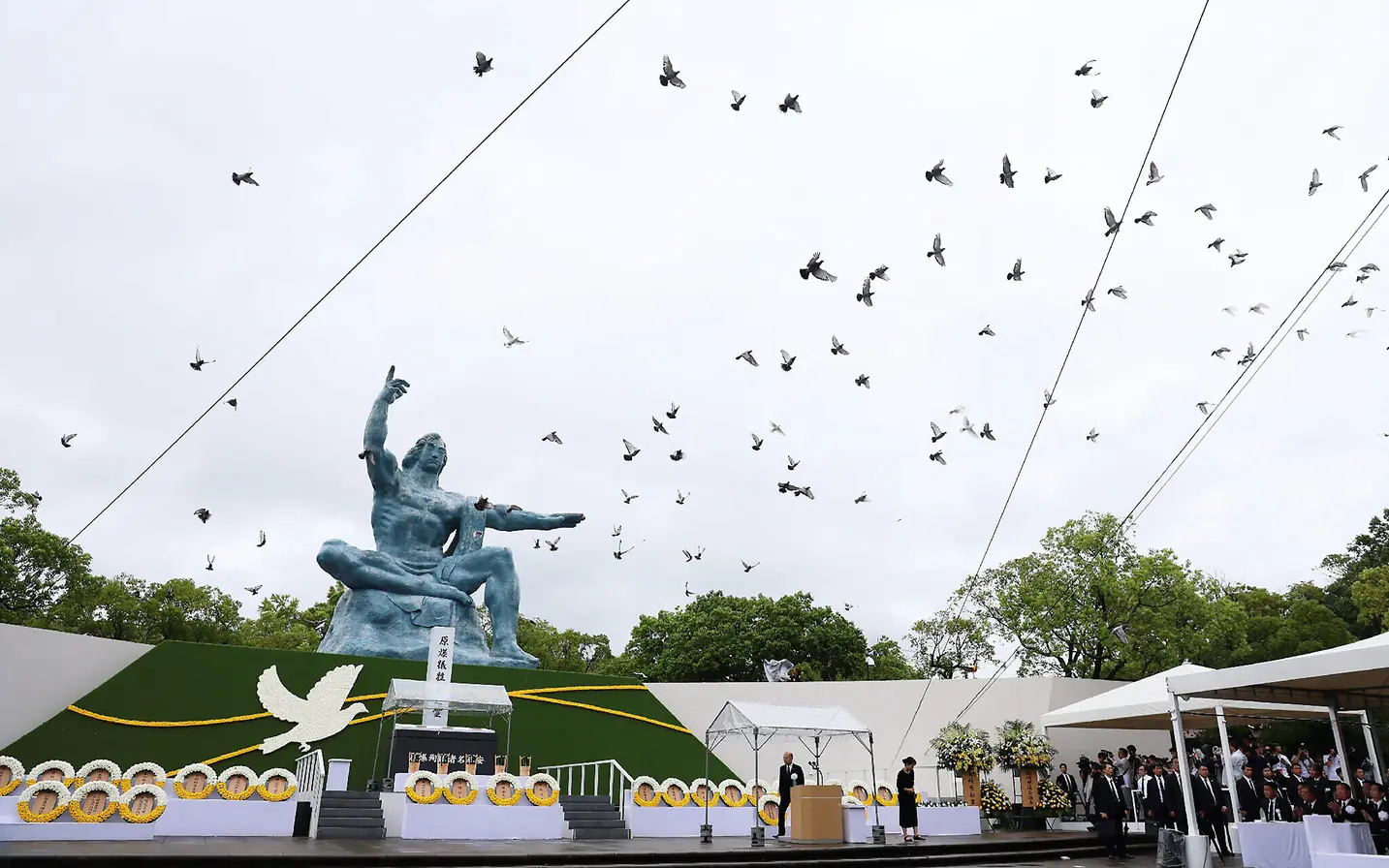
Nagasaki 80th anniversary ceremony
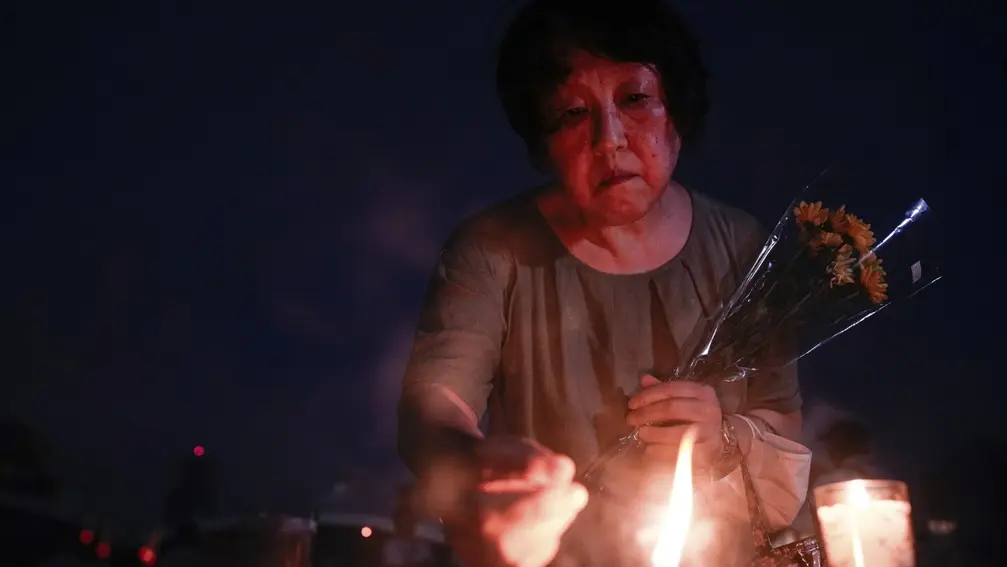
Hiroshima commemorates 80th anniversary of atomic bombing
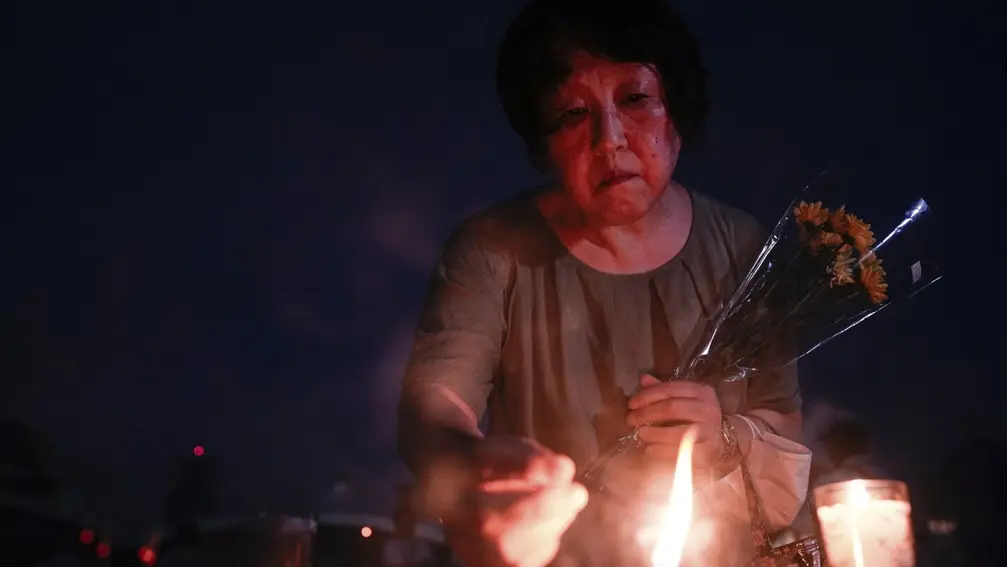
Hiroshima marks 80th anniversary of atomic bombing
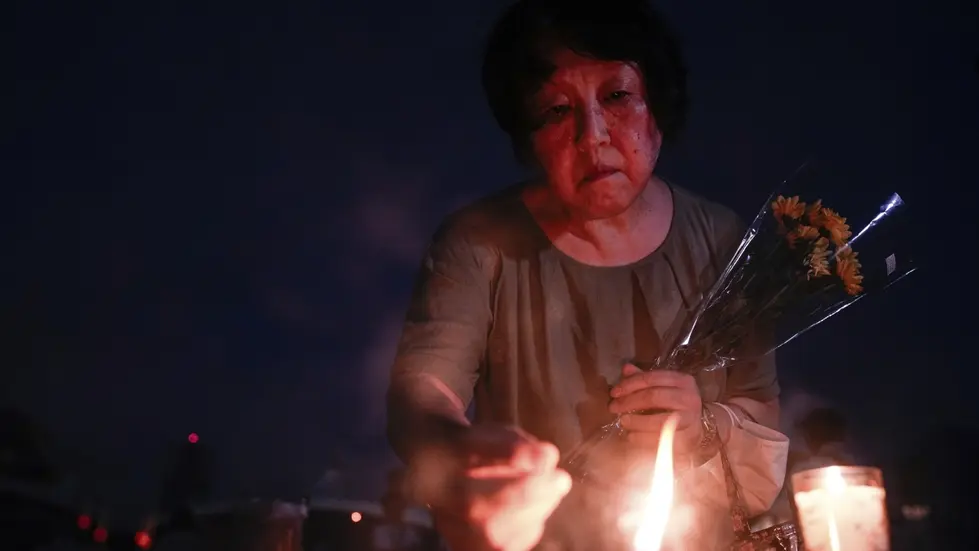
Hiroshima marks 80 years since atomic bombing
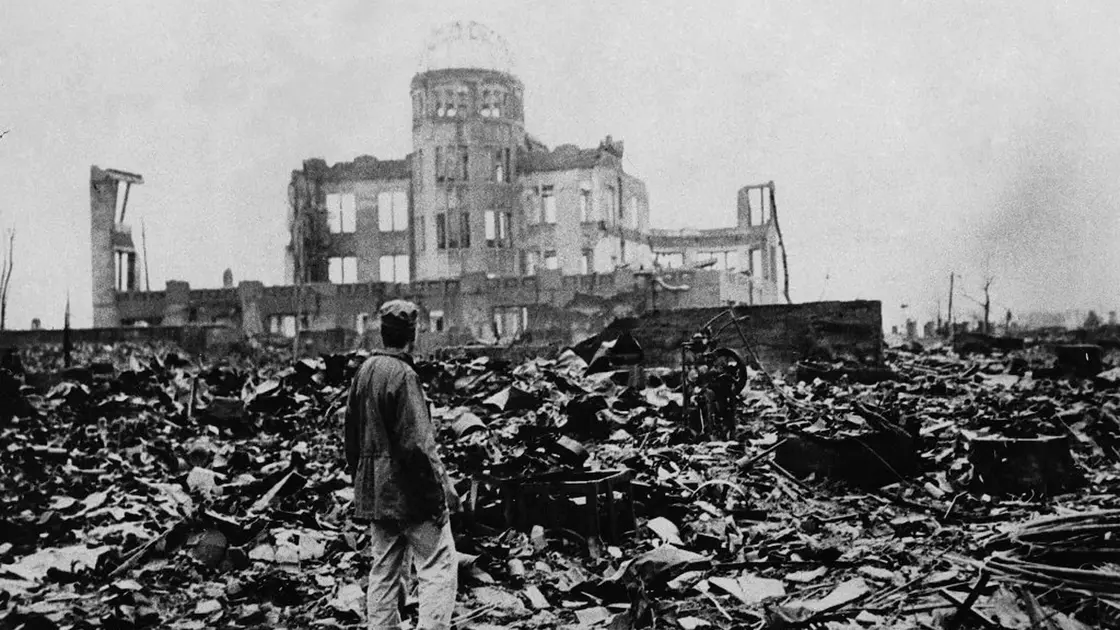
Japan marks 80th anniversary of Hiroshima bombing
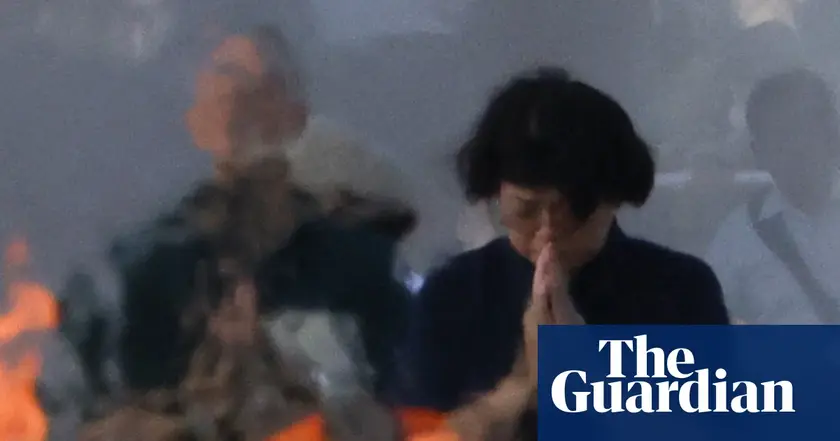
Hiroshima mayor urges nuclear disarmament on anniversary
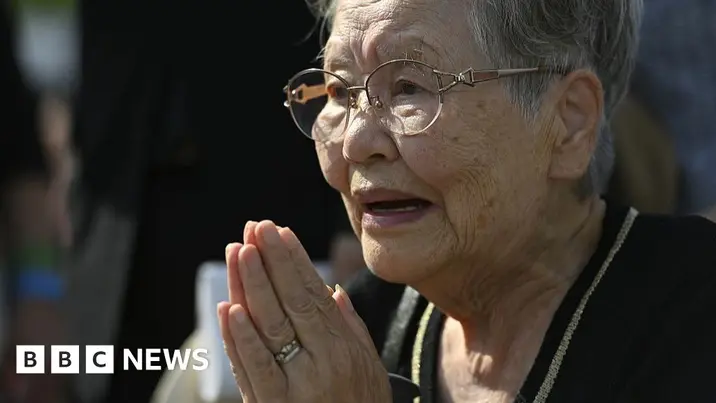
Hiroshima commemorates 80 years since atomic bombing
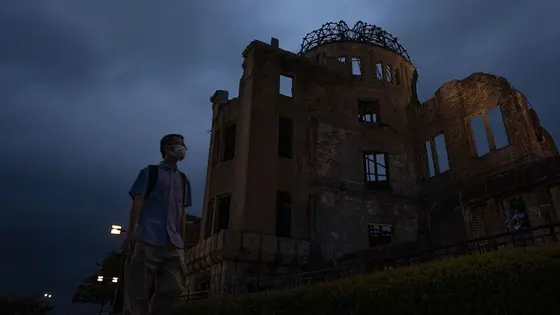
World marks Hiroshima's 80th anniversary amid nuclear tensions
